- At present, large-scale utilization of new energy still faces intermittent, volatile and unstable challenges
- Energy storage can smooth fluctuations and support large-scale grid connection of photovoltaic wind power
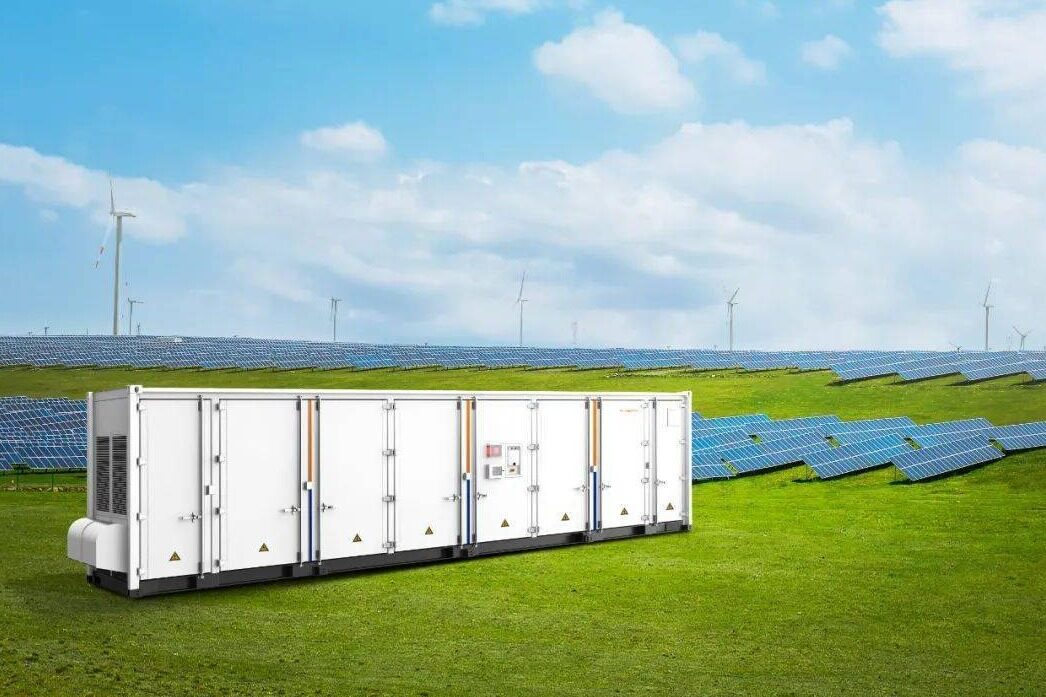
To achieve the dual-carbon goal, the gradual withdrawal of traditional energy must be based on the safe and reliable substitution of new energy. However, at present, the large-scale use of new energy still faces intermittent, volatile and unstable challenges. As a way to solve the problem, energy storage can suppress fluctuations and support large-scale grid connection of photovoltaic wind power, which is regarded as a necessary link of the new power system. According to Zhao Tianshou, an academician of the CAS Member, president of the Institute of Carbon Neutral Energy of South University of Science and Technology, and a member of the China Carbon Neutral 50 Forum, energy storage technology must meet the requirements of scale, high safety, low cost, long life, and no geographical restrictions, which is also an important direction for the development of energy storage industry in the future.
The realization of carbon neutralization requires large-scale energy storage
Zhao Tianshou: China's carbon emissions mainly come from the large-scale use of fossil energy. The key to carbon emission reduction is to continuously increase the proportion of renewable energy such as solar energy and wind energy in the energy structure, while the proportion of fossil energy is correspondingly reduced. At present, the actual proportion of wind and light is about 4%, and the proportion of fossil energy is up to 84%. In order to achieve the goal of carbon neutrality, the proportion of the former should reach 60%, and the latter should be reduced to about 10%.
In the past decade, the cost of photovoltaic and wind power in China has dropped rapidly, laying the foundation for the rapid increase of installed capacity. However, photovoltaic and wind power have intermittent and unstable characteristics, which can not directly meet the needs of power grid and users, and become the main obstacle to further expand their scale. Energy storage is the use of special devices and systems to store energy, release energy when needed, and realize the transfer of energy in time and space, which is a necessary link to promote large-scale access of renewable energy to the grid. Based on this, energy storage is considered to be the necessary link to build a new power system with new energy as the main body.
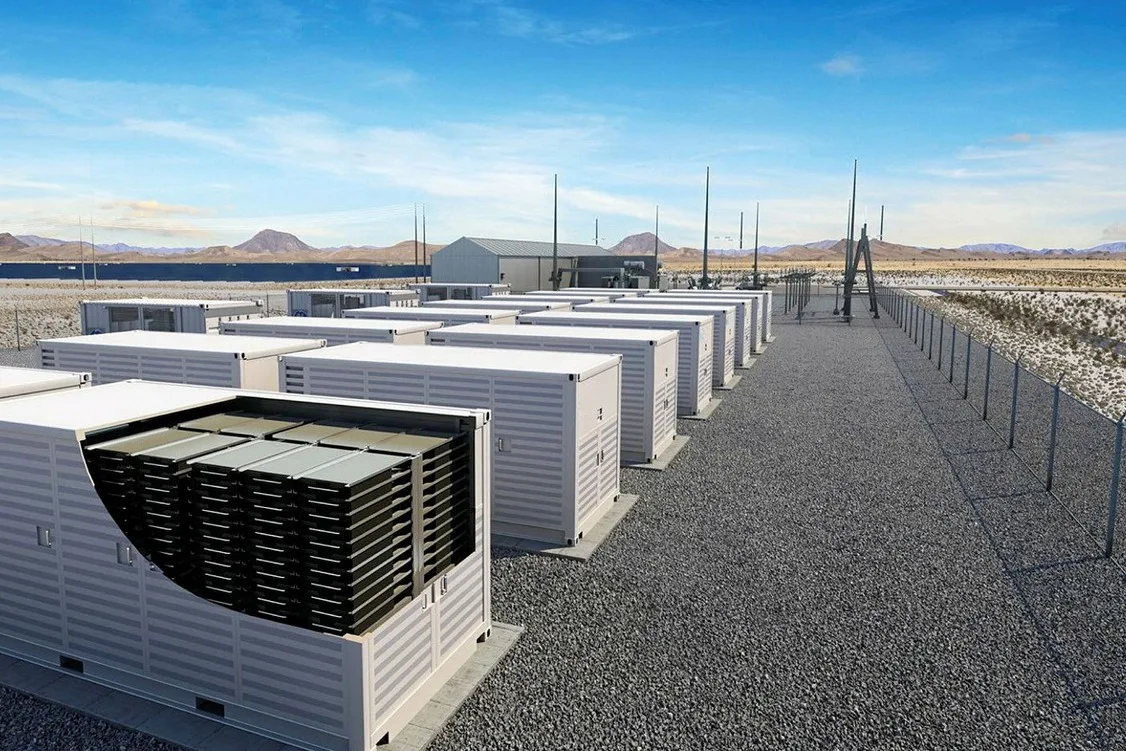
Zhao Tianshou: It is estimated that in order to achieve the goal of carbon neutrality, the installed capacity of photovoltaic and wind power will reach 5 billion kilowatts, and the annual power generation will reach 10 trillion kilowatts. The energy storage capacity will be 1 trillion - 5 trillion kilowatts if 10% - 50% of the energy is allocated. Faced with the demand of such large capacity, the energy storage technology must meet the requirements of scale, high security, low cost, long life, and no geographical restrictions.
In the new power system dominated by new energy, photoelectric and wind power are unstable at different time scales. In the time range of millisecond to minute, photovoltaic wind power will suffer from severe fluctuations in power due to weather factors, which is easy to impact the short-term power balance and frequency stability of the grid; In the range of tens of minutes to several hours, the generation capacity of photovoltaic wind power is uncontrollable, unable to track the power generation plan of the grid, and unable to respond to the grid dispatching; In the range of hours to days and even across seasons, the power generation of photovoltaic wind power is affected by climate change, and the energy output has long-term volatility, which does not match the social energy demand, and it is difficult to ensure the stable and reliable supply of energy throughout the year. For example, the amount of electricity generated by photovoltaic power generation in northern China may double in winter and summer. If the energy demand is met in summer, there will be a large energy gap in winter.
Therefore, the energy storage system also needs to meet the requirements of long-term energy storage at different times: for the energy storage requirements in the range of millisecond to minute, it needs to focus on meeting the requirements of smooth wind power output and power grid frequency modulation; In view of the energy storage demand in the range of tens of minutes to several hours, it is necessary to focus on meeting the requirements of improving the photoelectric, wind power consumption and power grid peak shaving; For the energy storage needs of several hours to several days or even across seasons, we should focus on meeting the requirements of long-term and large-scale energy time-shift to ensure energy security.
Energy storage faces many challenges
According to the different energy storage duration, the challenges of main energy storage technologies are introduced:
The millisecond to minute energy storage technology mainly includes superconducting magnetic energy storage, supercapacitor energy storage and flywheel energy storage. The three are faced with the challenges of high difficulty and high cost of superconducting technology, high cost and serious self-discharge, as well as the challenges of low energy density and high cost.
Energy storage technologies ranging from tens of minutes to several hours mainly include lithium ion battery energy storage, pumped storage, compressed air energy storage, and liquid flow battery energy storage. The challenges include: high safety risk, lithium resource limitation, geographical and ecological limitation, high gas storage cost, low energy storage efficiency, low power density and high cost.
For the energy storage technology for a longer time, fuel energy storage is currently the most concerned. For example, hydrogen fuel energy storage mainly faces the challenges of storage and transportation difficulties and high costs, methanol fuel energy storage is low in efficiency, high in carbon emissions and costs, and ammonia fuel energy storage is low in efficiency and high in toxicity.
In addition, pumped storage, compressed air storage and liquid flow battery storage have achieved decoupling of energy storage capacity and power. Theoretically, by increasing the water storage space, gas storage space and electrolyte storage, the energy storage duration can be continuously extended, but the increase of water storage space, gas storage space and electrolyte storage will further bring technical challenges.
Zhao Tianshou: I have been engaged in the research of battery energy storage technology for more than 20 years. The research fields mainly include fuel cells, liquid flow batteries, metal-air batteries, and lithium-ion batteries. We built the electrochemical energy storage theory by exploring the reaction mechanism, guided the research and development of key materials and components of the battery, developed high-performance electrodes, diaphragms and flow channels, significantly improved the efficiency and stability of liquid flow batteries, alcohol fuel cells and all-solid-state lithium-air batteries, and made some technical breakthroughs. For example, the maximum power density of the liquid-flow battery developed by us can reach 2.75W/cm2, and can maintain more than 80% of the energy efficiency and stably cycle more than 20000 cycles at a high current density of 600 mA/cm2, which is the highest power density and the longest cycle life in the open literature. At present, we are promoting the industrial application of these new technologies.
Accelerate research and development of energy storage technology
In the face of technological breakthroughs in promoting battery energy storage, Zhao Tianshou pointed out that the battery, especially the fluid battery with the mobile material as the energy carrier, is an electrochemical reaction from micro to macro, and a multi-scale and multiphase complex system coupled with material transport, ion transport and electron transport. Its performance is determined by the space energy and mass transfer characteristics in the field of thermophysics and the interface electrochemical reaction characteristics in the field of electrochemistry.
On the one hand, the interfacial active area, interfacial charge transfer and interfacial temperature concentration jointly determine the rate of electrochemical reaction; On the other hand, the spatial transport mechanism, spatial scale effect and spatial structure characteristics affect the coupling transport rate of matter, ion and electron and the construction of reaction interface. In the battery, only when a certain region has three transmission channels of substance, ion and electron can it be used as the electrochemical reaction site, and the reaction rate is limited by the lowest transmission rate.
Zhao Tianshou: In order to promote the realization of the dual-carbon goal, China has issued a series of policies, covering the support of personnel training, scientific research, technology demonstration and engineering application in the field of new energy technology. With the continuous increase of investment, we have seen the rapid iterative development of new energy technologies, such as lead-acid batteries, nickel-hydrogen batteries, lithium-ion batteries and other technologies, and a series of achievements are worthy of recognition.Editor/Ma Xue
Comment
 Praise
Praise
 Collect
Collect
 Comment
Comment
 Search
Search


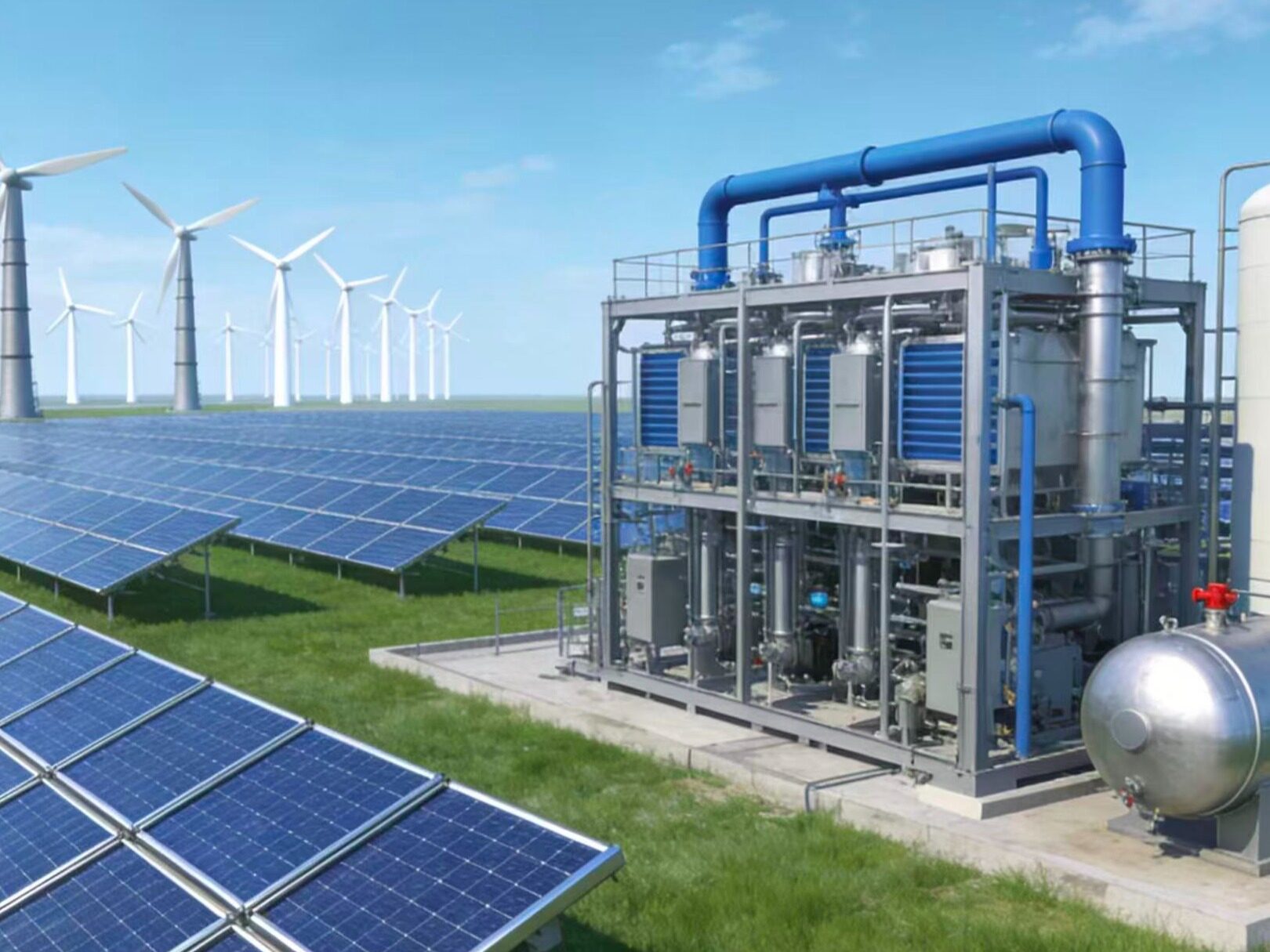
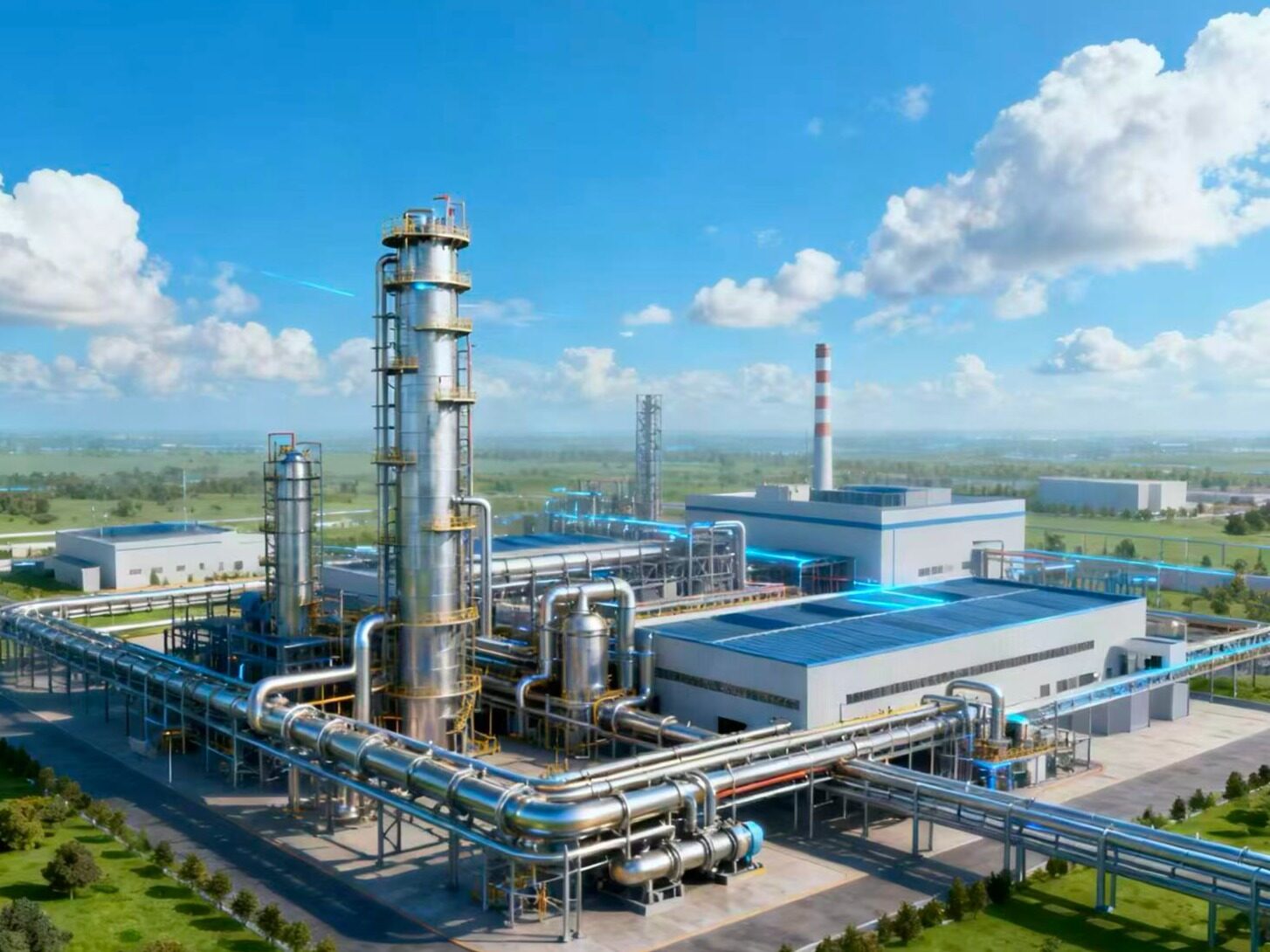
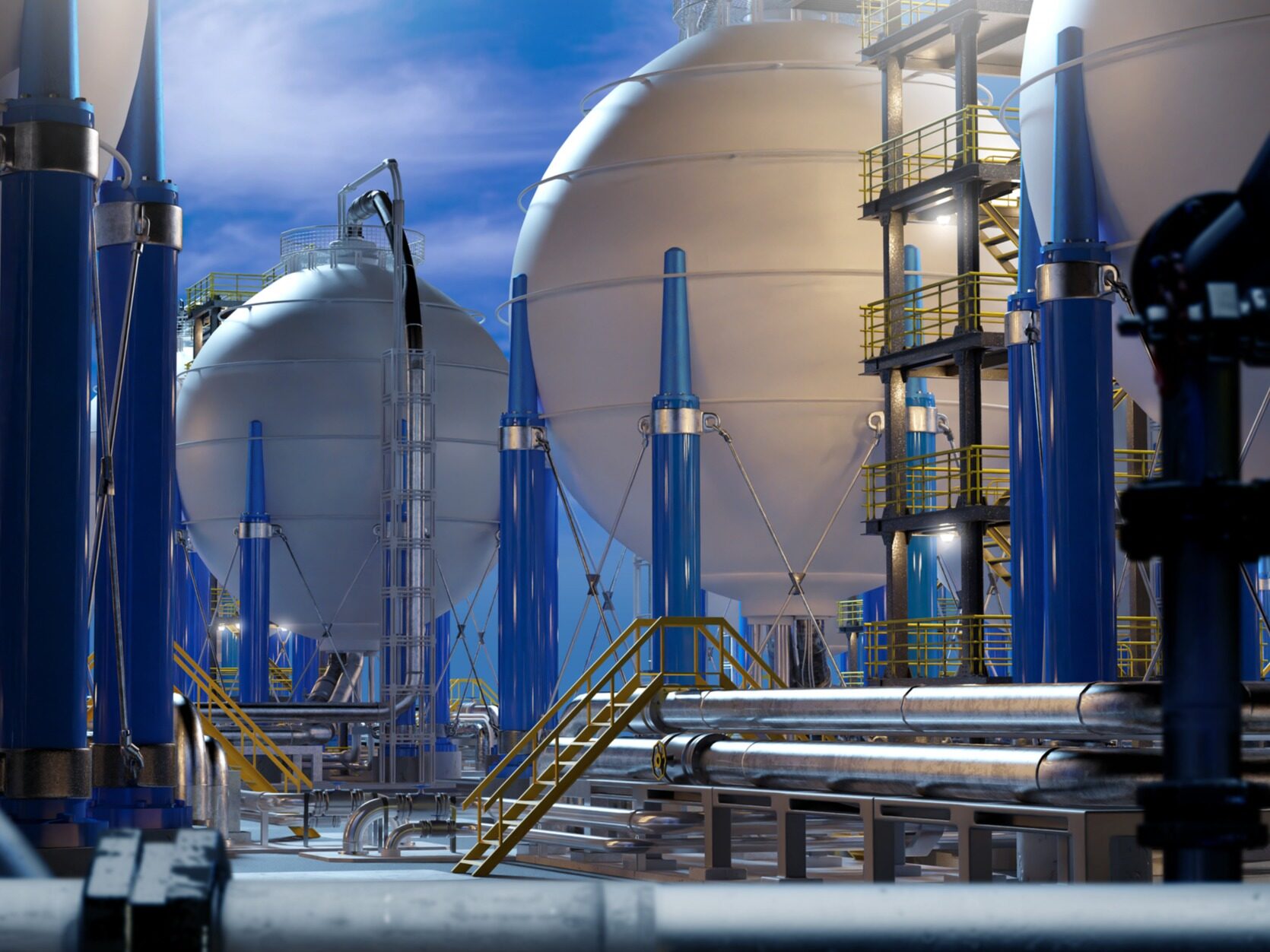
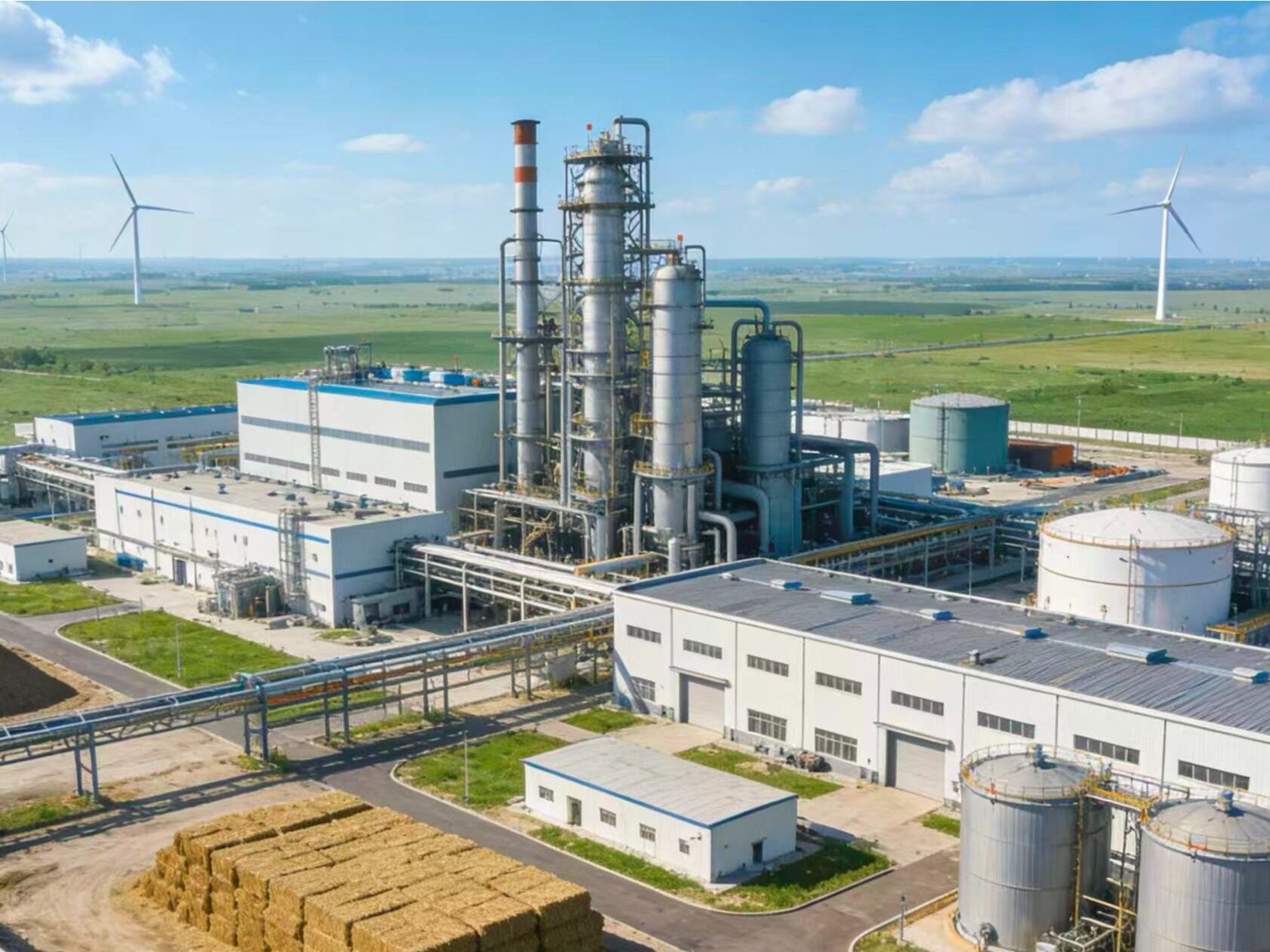
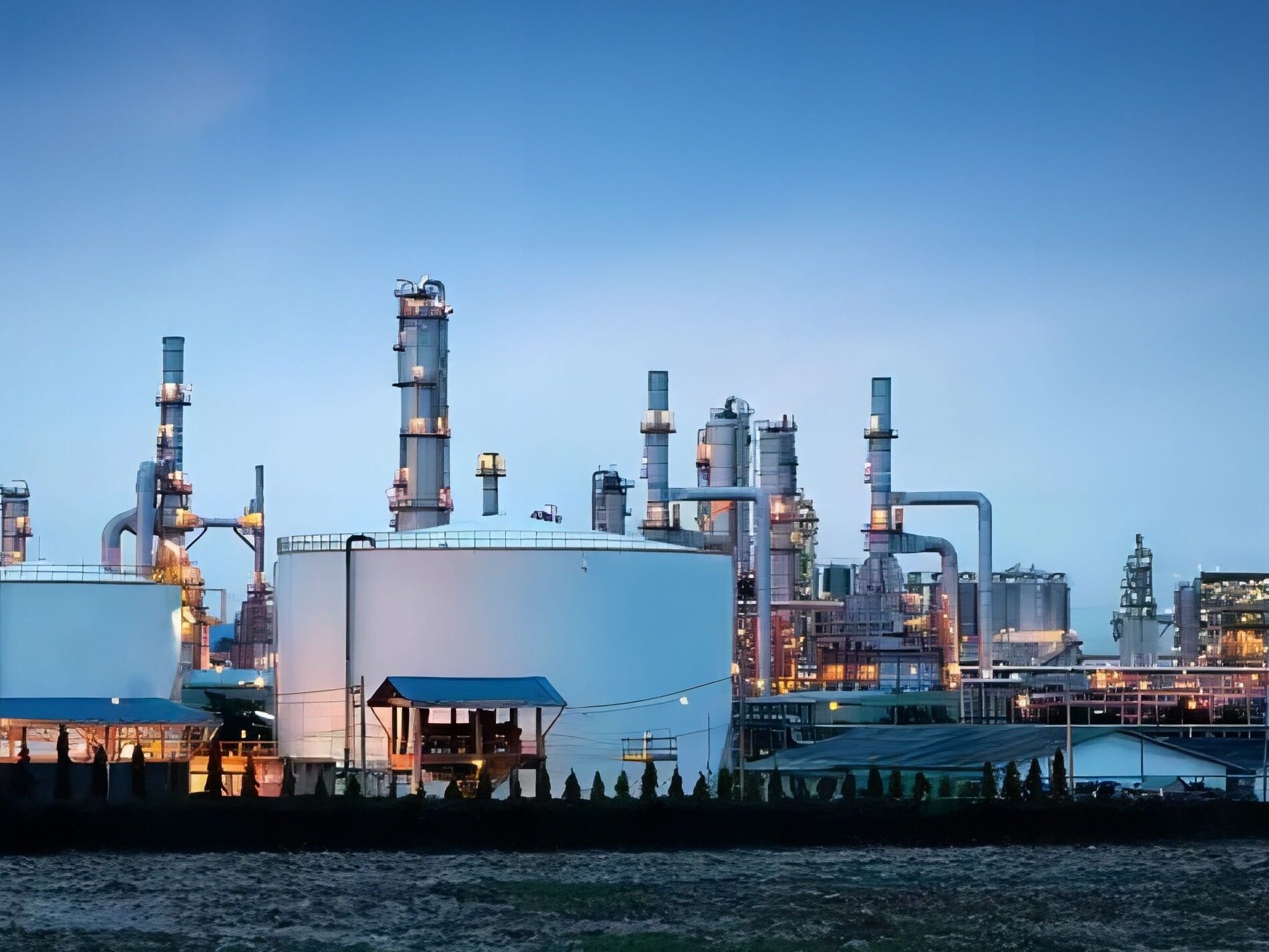
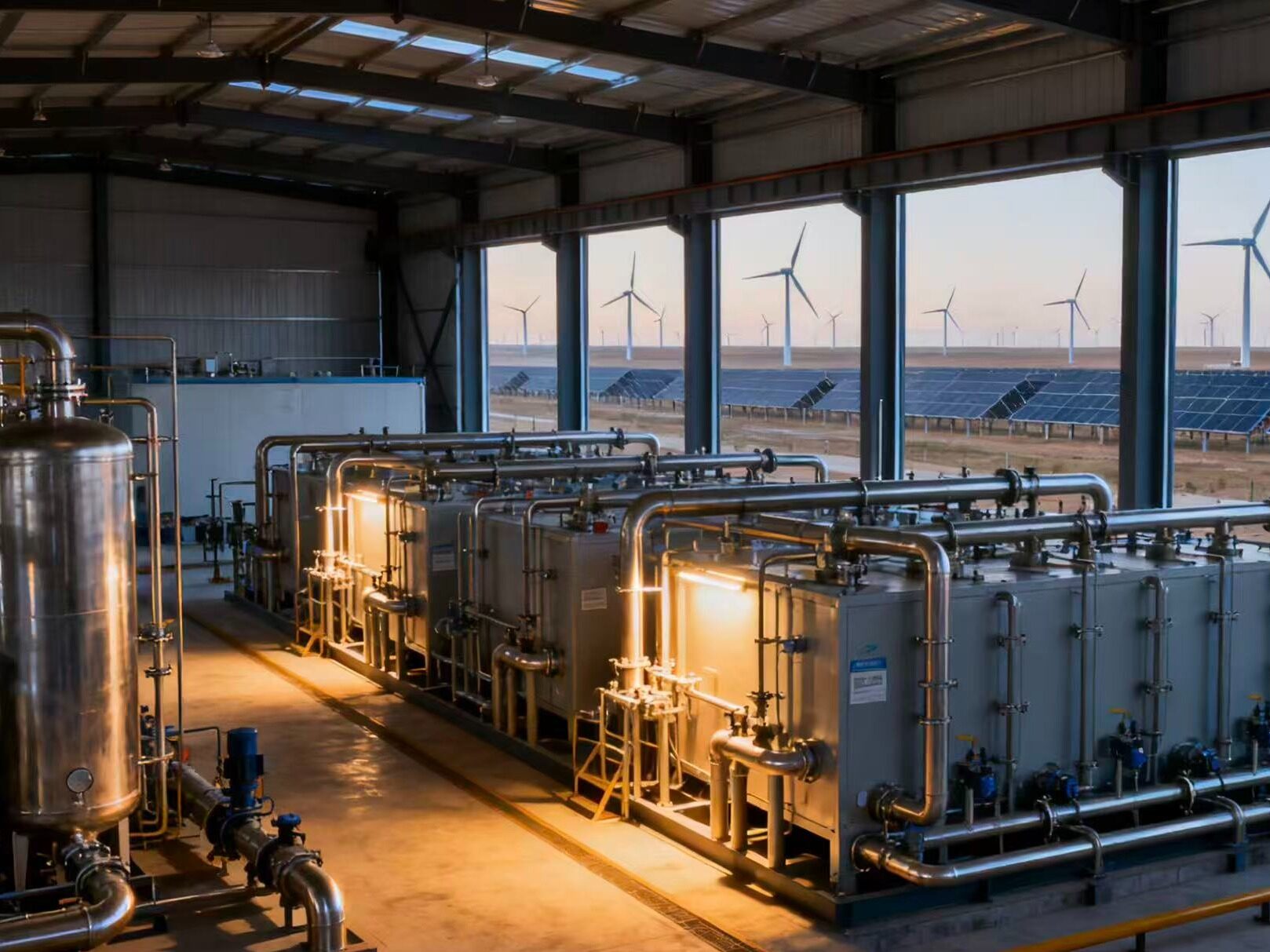






Write something~